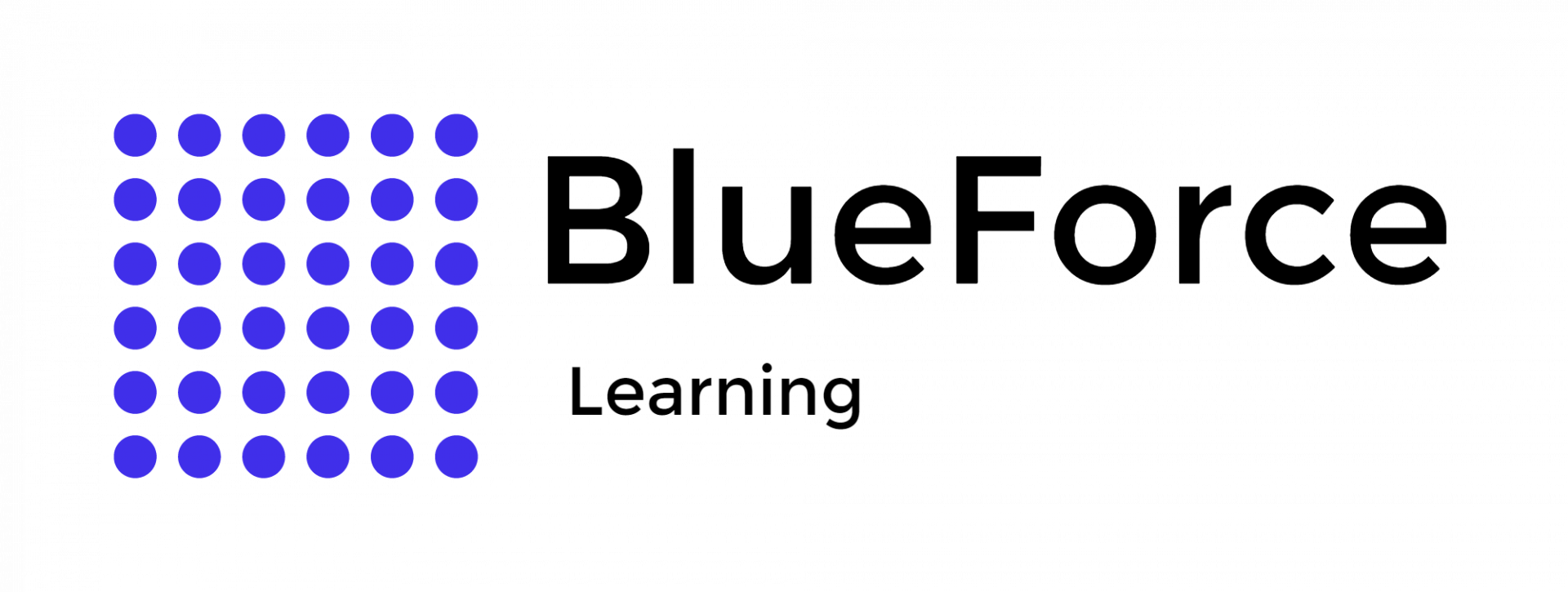In the past, law enforcement predominantly depended on human insight, interpersonal community connections, and direct investigative work. While these traditional methods retain their importance, the evolving landscape of the digital age sees them being increasingly supplemented and, in certain cases, replaced by techniques rooted in data analysis.
In the digital age, the nature and complexity of criminal activities are growing simultaneously, making it necessary for a more data-focused approach in law enforcement. Techniques like big data analytics and intelligence-led policing have become vital to modern law enforcement strategies. These methods are essential in increasing speed and efficiency in solving crimes and allocating law enforcement resources effectively.
The growing reliance on data-driven methods in modern policing is further illustrated by the daily surge in diverse data types – from social media interactions and vehicular traffic patterns to surveillance video footage. In this expanding digital sphere, law enforcement agencies' utilization of tools like Google location data and a geofence warrant is a practical and effective approach.
A geofence warrant, also called a reverse location search warrant, is a type of legal order that allows law enforcement departments to access information about all mobile devices located within a specific geographical area at a particular time.
Authorities use these warrants to obtain location data from tech companies like Google to help them identify potential suspects or witnesses in criminal investigations. Using geofence warrants has raised privacy concerns as it collects data about innocent individuals and suspects within the defined area. Its ethical use addresses the concerns about
Google Geofence Warrant Being a Privacy Hazard in the 21st Century.
In the era of technological integration in policing, a Geofence warrant is a pivotal instrument in law enforcement.
The following are its contributions to contemporary law enforcement, each of which benefits crime prevention and community well-being.
In modern policing, geofence warrants enhance efficiency by enabling law enforcement to expedite the investigative process by allowing quick and precise collection of relevant location data. This efficiency is crucial in resolving cases more rapidly and potentially preventing additional criminal activities.
Geofence warrants contribute significantly to contemporary law enforcement by facilitating the officers to identify and track suspects within set geographical boundaries. This aids in ensuring that individuals engaged in illegal activities are efficiently tracked and apprehended.
In our current era, where establishing concrete evidence is critical for case resolution, geofence warrants are pivotal. Even in situations where there are no evident leads, these types of warrants help gather key evidence to validate or invalidate alibis and ascertain a suspect's proximity to the crime scene. This is significant for contemporary law enforcement to solve cases and identify potential witnesses.
According to
Dan Helmer, a geofence warrant does not target a specific individual but requests information from tech giants like Google or Apple about any users present within a defined geographical area at a certain date and time.
To illustrate this, he put forth a scenario involving a series of robberies, with law enforcement lacking information on the suspect's identity. With a geofence warrant, authorities can request data for specific locations and dates corresponding with the crimes.
By analyzing the presence of individuals across these locations and times, investigators can efficiently identify potential suspects who appear consistently, thereby enhancing the speed and accuracy of their investigation.
By integrating these diverse applications of
Geofence Warrant into their operational framework, law enforcement agencies can substantially enhance their capability to prevent and solve criminal activities.
On January 6, 2021, the
US Capitol was stormed by a mob, resulting in a deadly invasion that garnered national attention. In response to the attack, the FBI resorted to geofence search warrants to help identify individuals involved in the breach.
Typically issued to Google, these warrants enable authorities to collect account and location data for devices in a specified area during a certain time frame. For the Capitol breach, the geofence warrant included the US Capitol building and its surrounding areas.
The FBI utilized Google's advanced location technologies, which use GPS, Wi-Fi, and Bluetooth signals, to pinpoint devices within a few yards, providing much higher accuracy than traditional cell tower data.
Following a three-step process, investigators initially obtained an anonymized list of devices in the geofence area during the riot. They then narrowed down suspicious tracks and eventually asked Google to reveal the real names, emails, and other details of specific account holders.
This approach seemed particularly effective for the January 6 investigation, helping the FBI build a large, searchable database of suspects involved in the Capitol attack. The geofence warrant yielded significant results, with court documents revealing that the FBI had access to personal information, including account names, emails, and phone numbers, of many device owners within days or weeks following the Capitol breach.
At least 45 federal criminal cases cite Google geolocation data to place suspects inside the Capitol, and the data has been instrumental in identifying individuals previously unknown to the FBI. Over 600 people have been arrested, and at least 185 were charged with the Capitol breach with the help of using geofence data on this scale.
Therefore, understanding
How to Get a Google Geofence Warrant and leverage Google location data is paramount for law enforcement professionals in the contemporary world of data-driven policing.
Incorporating technological tools like Google geofence warrants is becoming necessary for contemporary law enforcement agencies. Therefore, law enforcement professionals must continually upgrade their data skills to meet the challenges and opportunities presented by this digital age.
Blue Force Learning offers unparalleled hands-on experience through a comprehensive array of
Law Enforcement Certifications designed by and for law enforcement professionals. We aim to empower officers with advanced data skills to contribute to crime reduction effectively.
Join our courses now and start fighting crime strategically with data as your trusted ally.
The data obtained through a Google geofence warrant can be highly accurate. Google uses a combination of GPS, Wi-Fi, and Bluetooth signals to provide this level of detail.
Yes, there are significant privacy concerns regarding the use of Google geofence warrants in criminal investigations, which is why a judge must sign a geofence warrant. While geofence warrants can be incredibly effective in identifying suspects, they also gather data on innocent individuals who happened to be in the geofenced area at the time of the crime. As a police officer, it is advised to be in contact with a prosecutor to draft your geofence warrant.
It is a legal request law enforcement agencies can make to Google to obtain location data from devices within a specific geographical area and time frame. Once the warrant is approved, Google shares anonymized location data of devices within the set boundaries during the specified period. Investigators then analyze this data to identify potential suspects or witnesses related to a crime.


